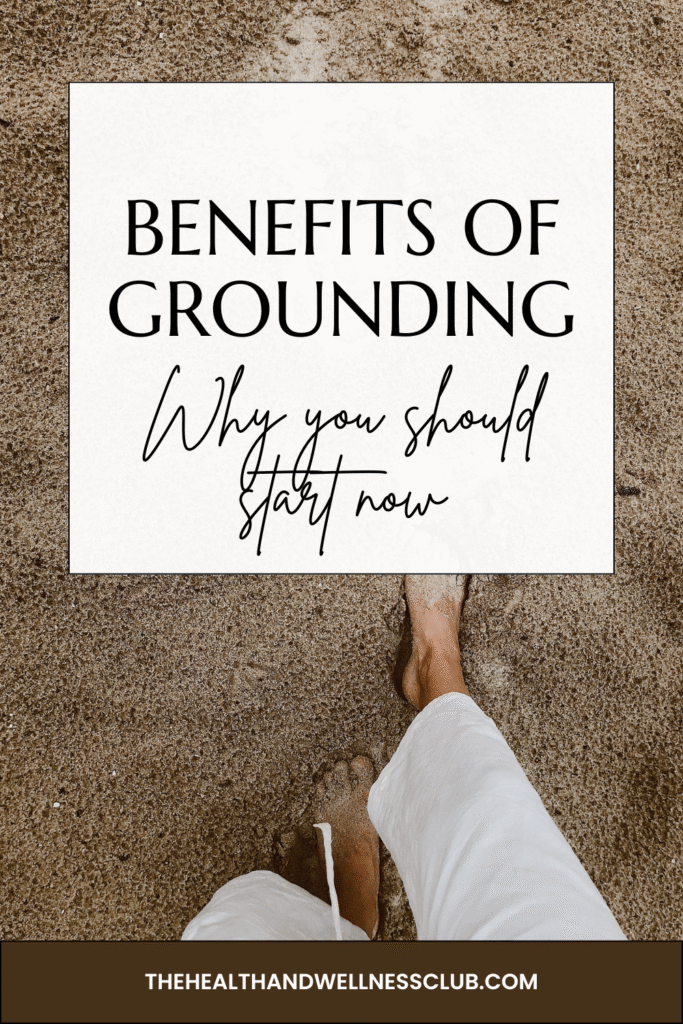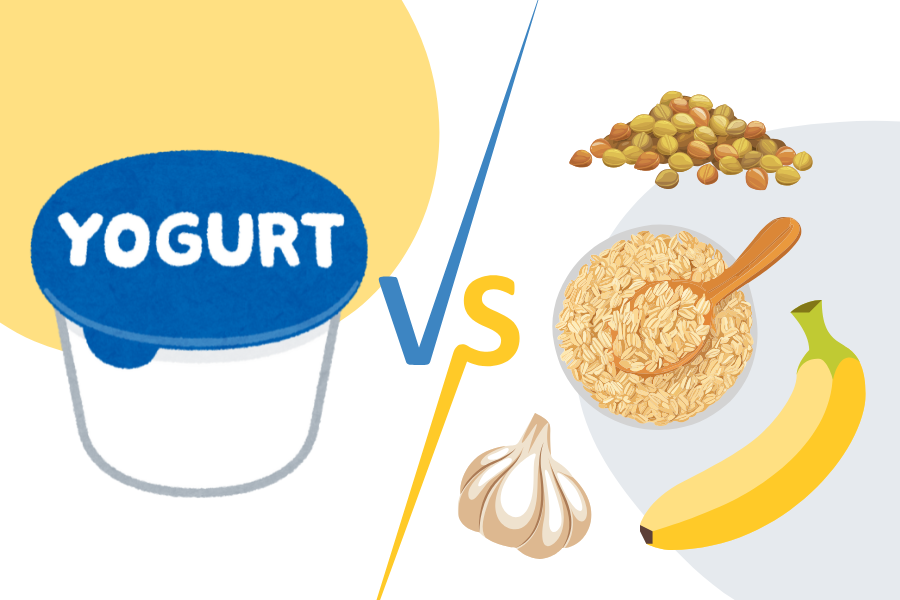In today’s fast-paced, screen-saturated world, many of us are searching for simple, natural ways to feel better—physically, mentally, and emotionally. One of the most powerful yet overlooked wellness practices is grounding. Also known as earthing, grounding is the act of connecting your body directly to the Earth’s surface. It’s free, accessible, and backed by growing scientific research.
In this post, we’ll explore the benefits of grounding, how it works, and how you can easily incorporate it into your daily routine for a healthier, more balanced life.
What is Grounding?
Grounding, in a scientific context, refers to the process of physically connecting the human body to the Earth’s surface electrons. The Earth maintains a negative electrical potential, and when the body comes into direct contact with it—such as through bare feet on soil or sand—there is a transfer of electrons from the Earth into the body.
This transfer is possible because the human body is electrically conductive. Our tissues, fluids, and cells can carry electrical charges, and when we are insulated from the Earth (by shoes, buildings, or synthetic flooring), we accumulate positive charges from electromagnetic fields (EMFs), static electricity, and other sources. Grounding allows these excess charges to be neutralized by the Earth’s free electrons.
From a physics perspective, this is similar to grounding in electrical systems, where a device is connected to the Earth to stabilize voltage levels and prevent electrical buildup. In the human body, grounding is thought to restore electrical homeostasis—balancing the body’s internal bioelectrical environment.
Grounding can occur through:
- Direct contact with natural surfaces like soil, grass, sand, or water
- Indirect contact using conductive systems (e.g., grounding mats or sheets) connected to a grounded outlet or rod
This concept is supported by research in biophysics and electrophysiology, which explores how electrical charges influence cellular function, inflammation, and biological rhythms.
Earthing vs. Grounding: What’s the Difference?
Before diving into the health benefits of grounding, let’s clear up a common confusion: Are grounding and earthing the same thing?
In most wellness contexts, grounding and earthing are used interchangeably. Both refer to the practice of making direct physical contact with the Earth—typically by walking barefoot on natural surfaces like grass, soil, or sand. However, in electrical engineering, “grounding” refers to connecting electrical systems to the Earth to prevent overloads or shocks.
In holistic health, earthing is sometimes used to emphasize the natural, outdoor aspect of the practice, while grounding can also include indoor methods like grounding mats or sheets. Regardless of the term, the goal is the same: to reconnect with the Earth’s natural energy for better health.
Benefits of Grounding
1. Reduced Inflammation and Pain Relief
One of the most well-documented benefits of grounding is its ability to reduce inflammation. Chronic inflammation is linked to a wide range of health issues, from arthritis and heart disease to autoimmune disorders.
Grounding helps neutralize free radicals in the body by allowing electrons from the Earth to flow into the body. These electrons act as natural antioxidants, reducing oxidative stress and inflammation. You may try to pair grounding with an anti-inflammatory diet, which would greatly boost your health.
2. Improved Sleep Quality
If you struggle with insomnia or restless nights, there are many natural remedies for sleep, and grounding might be one of them you’ve been looking for. One of the lesser-known benefits of grounding is its ability to regulate your circadian rhythm—the internal clock that governs your sleep-wake cycle.
By syncing your body with the Earth’s electrical field, grounding helps stabilize cortisol levels and promote melatonin production, both of which are essential for restful sleep.
Tip: Try grounding for 30 minutes in the evening—either by walking barefoot or using a grounding mat while you relax.
3. Lower Stress and Anxiety Levels
Grounding has a calming effect on the nervous system. One of the benefits of grounding is helping our body to shift from a sympathetic (fight-or-flight) state to a parasympathetic (rest-and-digest) state. This shift can lead to lower cortisol levels, reduced anxiety , and a greater sense of emotional balance.
Many people describe feeling more centered, calm, and mentally clear after just a few minutes of grounding.
Simple habit: Start your day with a barefoot walk in your backyard or local park to ground your energy and reduce morning stress.
4. Boosted Energy and Vitality
Feeling drained or sluggish? Grounding may help recharge your body—literally. The Earth’s electrons can help restore your body’s natural electrical balance, leading to increased energy and reduced fatigue.
Athletes often use grounding techniques to speed up recovery and enhance performance. But even if you’re not training for a marathon, grounding can help you feel more vibrant and alive.
5. Enhanced Immune Function
Another powerful benefit of grounding is its potential to support immune health. By reducing inflammation and stress—two major immune suppressors—grounding helps your body function more efficiently.
Some studies suggest that grounding may improve circulation and oxygen delivery to tissues, which can enhance the body’s ability to heal and defend against illness.
6. Cardiovascular Health Support
Grounding has been shown to improve blood viscosity, which is a key factor in heart health. Thinner blood flows more easily, reducing the risk of clots, high blood pressure, and cardiovascular events.
In one study, participants who were grounded for just two hours showed significant improvements in blood flow and heart rate variability—a marker of heart health and stress resilience.

Simple Ways to Get Started with Grounding
Incorporating grounding into your daily life is easier than you might think. Here are a few simple ways to enjoy the benefits of grounding every day:
- Sit or lie on the ground: Simply sitting or lying on natural ground—grass, sand, or soil—can help you absorb the Earth’s energy. Bring a blanket if needed, but let your skin touch the Earth directly when possible.
- Tend to a garden or indoor plants: Gardening is a powerful grounding activity. Touching soil with your hands connects you to the Earth. Even repotting indoor plants with bare hands can have grounding effects.
- Walk Your pet barefoot: If you walk your dog outside, try doing it barefoot in a safe area like a park, beach or backyard. It’s a great way to multitask bonding and grounding.
- Use grounding tools: On rainy or cold days, use grounding mats, sheets, or patches indoors.
- Outdoor mindfulness: Practice meditation, yoga, or deep breathing while sitting on the ground.
- Wade in natural water: Standing or walking in lakes, rivers, or the ocean is a fantastic way to ground. Water is a conductor, so it enhances the grounding effect.
- Picnic without shoes: Next time you have a picnic, leave your shoes off while you eat and relax. Let your feet rest on the grass or soil while you enjoy your meal.
Who Can Benefit from Grounding?
The short answer: everyone. Whether you’re dealing with chronic pain, high stress, poor sleep, or just want to feel more connected to nature, grounding offers a simple, natural solution.
It’s especially beneficial for:
- People with inflammatory conditions
- Those experiencing high stress or anxiety
- Individuals with sleep disorders
- Athletes and active individuals
- Anyone spending long hours indoors or on screens
Final Thoughts: The Benefits of Grounding Are Within Reach
The benefits of grounding are real, accessible, and supported by both ancient wisdom and modern science. In a world where we’re constantly plugged into technology, grounding offers a powerful way to reconnect—with nature, with our bodies, and with our health.
You don’t need expensive equipment or hours of free time. Just a few minutes a day can make a noticeable difference. So kick off your shoes, step outside, and let the Earth do what it does best—restore, balance, and heal.





